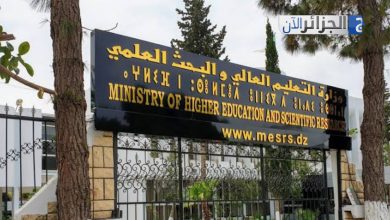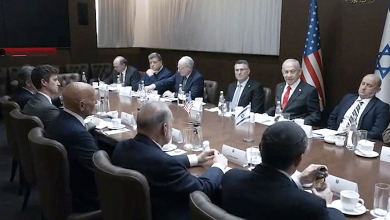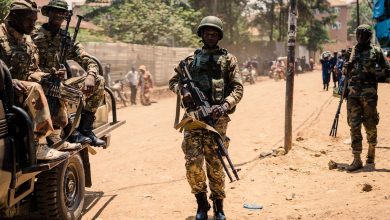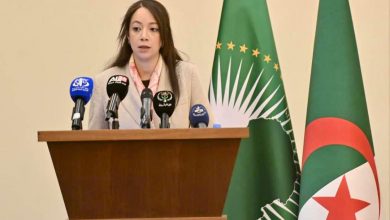Kuala Lumpur, Malaysia – A historic peace agreement between Thailand and Cambodia was signed in Kuala Lumpur on Sunday, marking a significant step towards regional stability and ending decades of border disputes and intermittent conflict. The signing ceremony, held during the ASEAN Summit, was witnessed by dignitaries including U.S. President Donald Trump and Malaysian Prime Minister Anwar Ibrahim, who played crucial roles in brokering the accord.
The agreement was signed by Thai Prime Minister Anutin Charnvirakul and Cambodian Prime Minister Hun Manet. It encompasses a comprehensive ceasefire, the release of prisoners of war, and mechanisms for ongoing monitoring and implementation overseen by ASEAN member states. The deal represents a culmination of intensive diplomatic efforts led by the United States and Malaysia, particularly following a resurgence of border clashes in July that resulted in casualties on both sides, including civilians.
President Trump, addressing the audience after the signing, hailed the agreement as a “monumental diplomatic achievement” and stated that it represented the “eighth war” his administration had successfully ended. He emphasized the importance of the “Kuala Lumpur Peace Accords” in fostering regional stability and promoting good neighborly relations between Thailand and Cambodia. He also reiterated the United States’ commitment to supporting stability in Southeast Asia, emphasizing that “peace is not an end in itself, but a foundation for the prosperity of nations.”
The Thai Ministry of Foreign Affairs confirmed that Prime Minister Anutin had delayed his official visit to Malaysia due to the passing of Queen Mother Sirikit, the widow of the late King Bhumibol Adulyadej. He proceeded to Kuala Lumpur on Sunday morning to finalize the signing of the agreement.
The decades-long border dispute between Thailand and Cambodia has been a persistent source of tension, flaring up periodically into armed confrontations. The most recent escalation occurred in July, involving artillery exchanges and aerial bombardments. A temporary ceasefire, brokered in August, paved the way for the final peace agreement facilitated by Washington and Kuala Lumpur.
The core of the conflict lies in overlapping claims to territory along the border, particularly surrounding the Preah Vihear Temple, a UNESCO World Heritage site. Ownership of the temple itself was awarded to Cambodia by the International Court of Justice in 1962, but disputes over the surrounding land persisted. The recent clashes underscored the urgent need for a comprehensive and lasting resolution to prevent further bloodshed and instability.
The ASEAN Summit, which commenced in Kuala Lumpur, brought together leaders from the ten member states, along with prominent international figures including United Nations Secretary-General Antonio Guterres, Brazilian President Lula da Silva, Canadian Prime Minister Marc Carney, and South African President Cyril Ramaphosa.
In his opening address, Malaysian Prime Minister Anwar Ibrahim emphasized the critical juncture the world faces, urging a shift towards dialogue and away from the logic of force. He lauded the peace agreement between Thailand and Cambodia as a “model for resolving regional conflicts,” highlighting the power of diplomacy and multilateral cooperation.
For more information about Algeria, check our dedicated section.
The agreement is expected to have a significant impact on the region, fostering economic cooperation, promoting tourism, and enhancing overall stability. It also sets a positive precedent for resolving other territorial disputes in Southeast Asia through peaceful negotiation and international mediation.
Analysts suggest that the involvement of both the United States and Malaysia was crucial in achieving the breakthrough. The U.S. brought significant diplomatic leverage to the table, while Malaysia, as a respected member of ASEAN and a close neighbor to both Thailand and Cambodia, provided a neutral and accessible venue for negotiations.
However, challenges remain in fully implementing the agreement. Building trust between the two countries after years of conflict will require sustained effort and commitment from both governments and civil society. The ASEAN monitoring mechanism will play a vital role in ensuring compliance with the ceasefire and other provisions of the agreement.
Furthermore, addressing the underlying socio-economic factors that contribute to tensions along the border is essential for long-term peace. This includes promoting cross-border trade, creating employment opportunities for local communities, and investing in infrastructure projects that benefit both countries.
Despite these challenges, the signing of the peace agreement represents a momentous achievement and a testament to the power of diplomacy. It offers a glimmer of hope for a more peaceful and prosperous future for Thailand, Cambodia, and the entire Southeast Asian region.
Following the summit, President Trump concluded his visit to Kuala Lumpur with an announcement of bilateral talks with Prime Minister Anwar Ibrahim focused on strengthening U.S.-Malaysia trade cooperation. He then departed for Japan and South Korea as part of his ongoing Asian tour. The focus on economic partnerships underscores the broader vision for a stable and prosperous Southeast Asia, where economic growth and regional security are mutually reinforcing.
The agreement is a victory not just for Thailand and Cambodia, but for the principles of peaceful conflict resolution and regional cooperation. It demonstrates that even seemingly intractable disputes can be resolved through dialogue, compromise, and a commitment to building a shared future.




